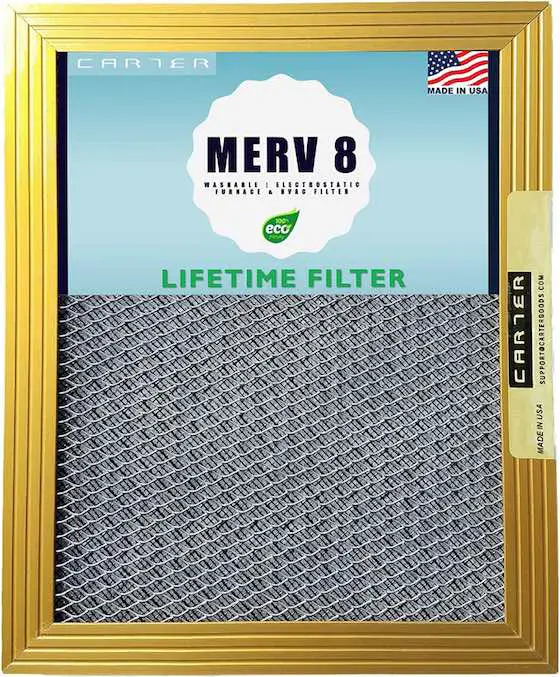Air Filters Video Transcript
You know this time of year the air outside it's crisp it's clean it's free of pollutants. It's really really wonderful. Now wouldn't you like to have that same quality of air inside your home? Well, you can if you use the right furnace filter. You know a lot of people are familiar with the standard furnace filter that's fiberglass.
You know they're replaceable and I call these things rock catchers and the reason why is because the space between the fibers is so huge that just about everything can get through it.
What these filters are primarily for and a lot of people don't know this these are just to protect the equipment inside your furnace. They protect the heat exchanger. They protect the electric blower and the electric motor from dust and pollutants. They do nothing to really control the air quality inside your home.
If you want to get good air quality inside your home or improve it, you have to step up to another type of filter. There are disposable filters that cost about four dollars apiece. You can get them at a lot of local hardware stores and these are pleated paper filters. These catch a lot of dust particles a lot of pollen. Just about many of the things that are inside your home.
But there's a problem with them as well they are disposable you have to throw them away and they last about three months at a time. My
favorite filter is one that's built specifically for your furnace. These are polyester electrostatic filters and these are lifetime filters. And what happens is when these get dirty, you just rinse them out with a hose and you just put them right back in your furnace. They cost about 35 to 40 dollars apiece but they can pay for themselves in as little as 18 months.
Remember, if you want to have really good clean air inside your home consider getting one of these lifetime filters. They're available at most heating air conditioning contractors or some of your local hardware stores. If you want to discover more home improvement tips go to AsktheBuilder.com.
Related Links
Electrostatic Air Filters - These Are The Ones You Want
Carbon Monoxide Filter
CLICK or TAP HERE to get FREE QUOTES from local heating and cooling contractors who sell great filters.
Buy This Great Washable Air Filter

This is a lifetime washable furnace air filter. CLICK HERE or the photo above to purchase it.

 Get a
Get a